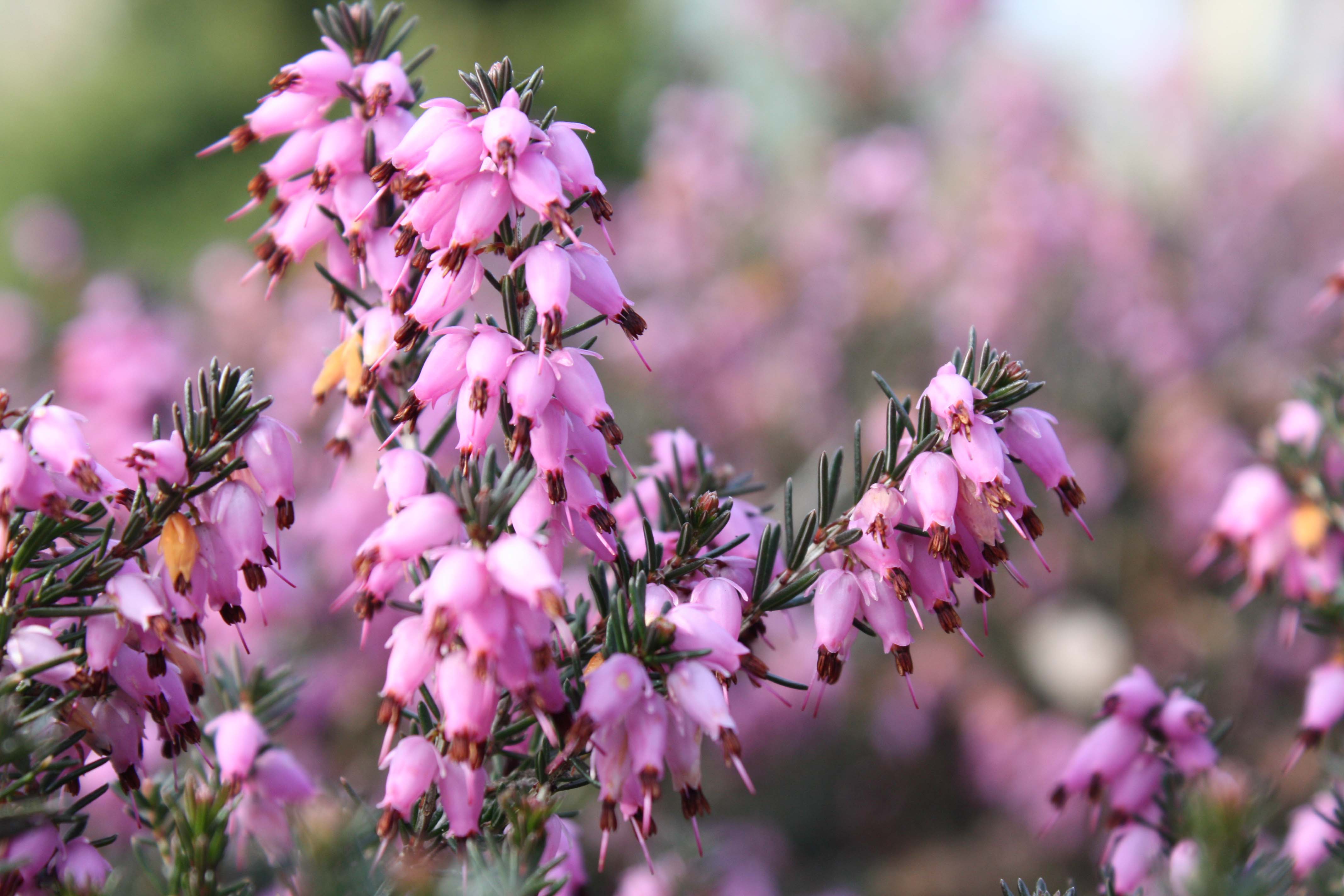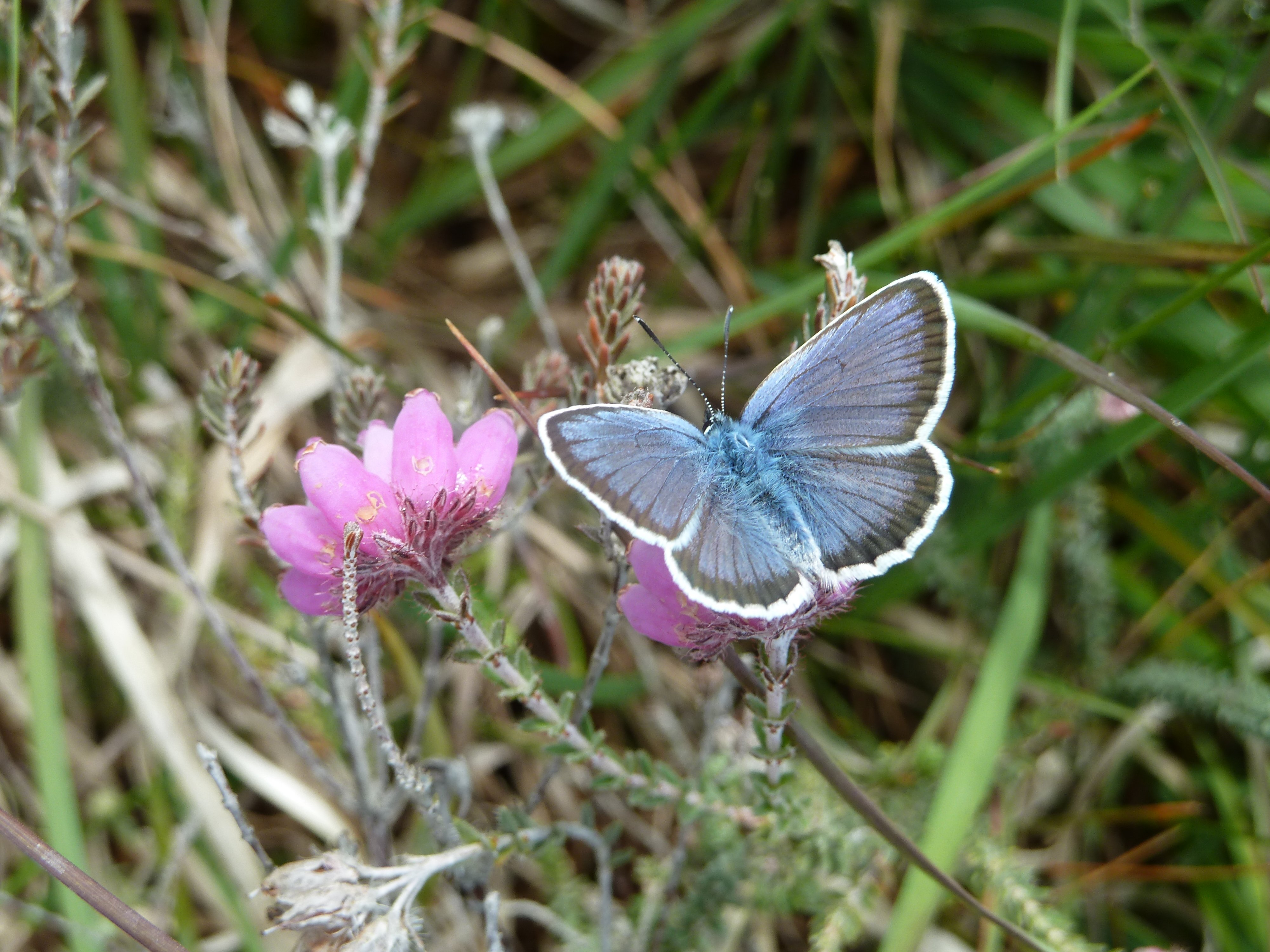July’s wildlife highlights
PUBLISHED ON: 1 JULY 2016This is the latest in a year-long series of monthly blogs, featuring seasonal highlights from the natural world in the New Forest. July is a good month to enjoy the heaths and valley mires. Hot weather brings out the adder, sand lizard, smooth snake and common lizard to bask in the sun, so you are most likely to see these timid reptiles at this time of year, albeit early in the day before they get too hot!

Bell heather (above), cross-leaved heath and dwarf gorse are coming into flower, along with dodder and the rare harebell. Now is a good time to look for orchids: the common-spotted, heath-spotted (below) and lesser butterfly orchids are in flower on the heathlands, while in the valley mires the early marsh orchid is reaching the end of its flowering season and the rare, tiny bog orchid is starting to bloom. Remember of course, to be careful not to trample on them, and take only photos, leaving these fascinating and beautiful flowers for others to enjoy.

There are now lots of newly fledged birds; the sound of territorial songs has been replaced by begging calls from youngsters that are still dependent on their parents, or ‘contact’ calls that help keep feeding flocks together. Heathland butterflies to look for are grayling, silver studded blue, peacock, small heath and small tortoiseshell.

If you prefer the cooler woodland areas, you will notice that stag beetles, dung beetles, hornets and southern wood ants are all very active.
As summer peaks, the adult cuckoo is the first of the summer migrants to leave the Forest; indeed some left as early as June. Their offspring, raised by pipits, dunnocks and warblers, will find their own way to Africa later in the season.
The roe deer rut takes place in late July and August, but is much quieter than the other deers’ ruts.
From dusk till dawn, bats are on the wing hunting for insects. The youngsters, known as pups, are sometimes found on the ground as they learn to fly. This is the best time of year to see glow worms, which are actually a species of beetle. Only the wingless female glows strongly; this is in order to attract the flying males.

